Lignosulfonate sodium is a sodium salt of lignosulfonate that is extracted from natural plants and refined through modification. It has excellent water solubility and dispersion properties, and it does not contain harmful substances such as quinoline, alkylphenol ethoxylates (APEO), nonylphenol ethoxylates (NPO), and nonylphenol.
Lignosulfonate sodium is a sodium salt of lignosulfonate that is extracted from natural plants and refined through modification. It has excellent water solubility and dispersion properties, and it does not contain harmful substances such as quinoline, alkylphenol ethoxylates (APEO), nonylphenol ethoxylates (NPO), and nonylphenol. In addition, this product has a low content of inorganic salts, stable properties, is not prone to moisture absorption, and will not agglomerate at room temperature. It also has good heat resistance, stability, and excellent grinding and dispersion effects. In the field of dyes, lignosulfonate sodium mainly serves as a dispersant, stabilizer, and solubilizer, which can effectively improve the uniformity and stability of dyes. As a key additive, it plays an indispensable role in the dye industry.
Applications of Lignosulfonate Sodium in Dyestuff
1. Function as a Dispersant: Sodium lignosulfonate can efficiently disperse dye particles evenly in water, effectively preventing the aggregation and precipitation of particles. In practical use, lignosulfonate sodium and the dye should be mixed in a specific ratio, and thorough stirring is required to ensure complete dissolution and dispersion.
2. Function as a Stabilizer: Adding lignosulfonate sodium to the dye formulation can significantly enhance the stability of the dye, preventing adverse situations such as stratification and deterioration during storage and use. It can form stable complexes with dye molecules, thereby improving the weather resistance and washability of the dye.
3. Function as a Solubilizer: Lignosulfonate sodium also has the ability to increase the solubility of dyes in water, making the dyes more easily adsorbed by fibers. This not only helps to improve the uniformity of dyeing and enhance color fastness but also effectively reduces color differences and uneven dyeing phenomena during the dyeing process.
SQDL-1 is a specially modified sodium lignosulfonate product. This dispersant is free of any harmful substances such as quinoline, APEO, and nonylphenol. It has green and environmentally friendly characteristics and fully complies with the strict requirements of the EU REACH Regulation. It shows extremely wide adaptability with various dyes and other dispersants. It is mainly applied to the sanding or filling process of disperse dyes.
Product Features
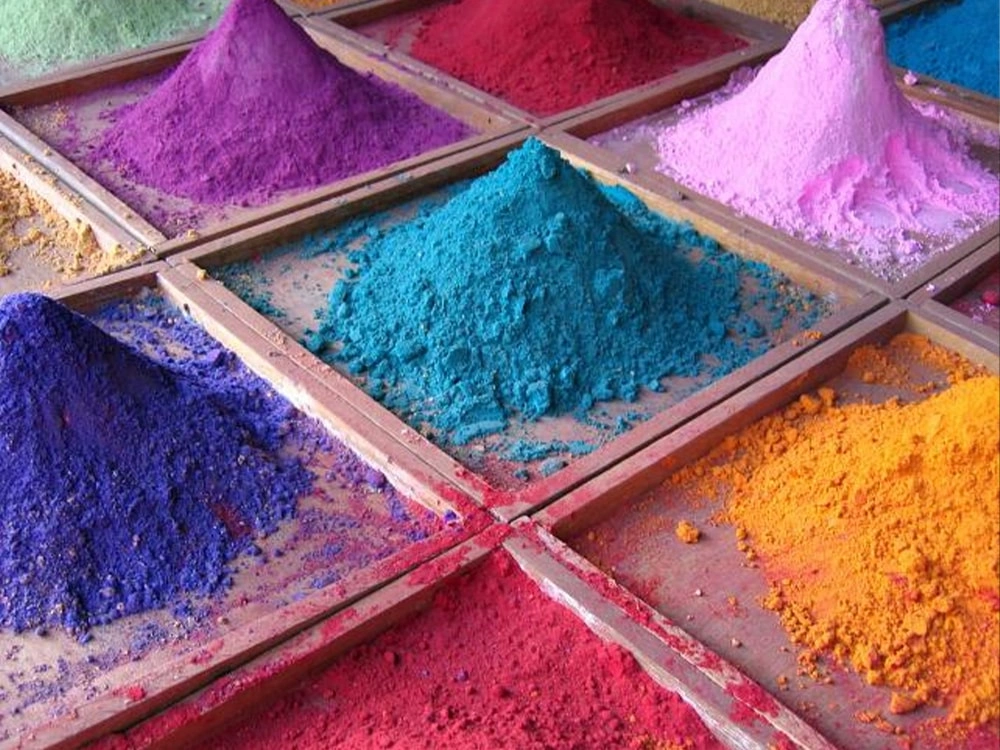
•Excellent Grinding Performance: For the No. 79 blue dye, during the sanding process, the sanding ratio can reach 1:0.7. Only 1 hour of sanding treatment can meet the process requirements, and the particle size of the ground dye can be controlled to be less than 0.9μm.
•Outstanding Stain Resistance: During application, it can effectively maintain the whiteness of polyester, with a whiteness value of ≥40, and it basically has no effect on the original color of the blue dye.
•Low Dye Reducibility: This dispersant itself will not reduce the strength of the dye, preserving the performance of the dye to the greatest extent.
•Low Viscosity Feature: At an ambient temperature of 25°C, when the solid content is 35%, its viscosity is ≤50mPa·s, with good fluidity, making it easy to use and operate.
Technical specification
| External appearance | PH Value | Water insoluble | Sulfate* | Formaldehyde* | Quinoline* | Viscosity(25℃,solid 35%) |
| Dark brown powder | 9-11 | ≤0.1% | ≤5.0% | ≤150ppm | None | ≤50 mpa |
(Data obtained on dry basis of sample testing)
Laboratory Performance Testings-
Heat Resistance and Stability
|
1. Test of No. 79 Blue Dye Under the conditions of a dye to dispersant ratio of 1:0.7, a sanding solid content of 34%, and a sanding time of 1 hour, the test is carried out at a high temperature of 145°C for 5 minutes. Compare the lignin dye dispersant SQDL (Lower right) with the low-quinoline MF (Upper right), and the results are as shown in the figure on the right |
|
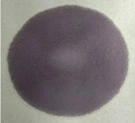 |
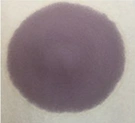 |
|
2. Test of No. 93 Purple Dye When the ratio of dye to dispersant is 1:0.5, the sanding solid content reaches 40%, and the sanding time is set to 40 minutes, keep it at 130°C for 5 minutes. Compare the lignin dye dispersant SQDL (Lower right) with the low-quinoline MF (upper right), and the results are as follows as shown in the figure on the right. |
|
 |
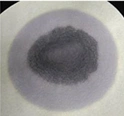 |
3. Whiteness Value of Polyester
Through testing, when using the lignin dye dispersant SQDL-1, the whiteness value of polyester is 41.5%, while when using the low-quinoline MF, the whiteness value of polyester is only 35.2%.
It can be seen that SQDL-1 is more suitable for the application scenarios of light-colored dyes. Considering various performance indicators, it is an excellent filling dye dispersant.
The TS series products is mainly applied in the processing of disperse dyes and other dyestuff. It can be used as a grinding aid, a dispersant and a filler.
Technical specification
| Items and Grades | SQTS-3 |
|---|---|
| External appearance | Dark brown powder |
| Solid content % | ≥ 91 |
| Moisture % | ≤ 9.0 |
| PH value(1%aqueous solution) | 7.5-11.0 |
| Water insoluble % | ≤ 0.1 |
| Reducing sugar %(on dry basis) | ≤ 0.1 |
| Sulfate %(on dry basis) | ≤ 3.0 |
| Thermal stability °C(79# blue) | 145 |
| 10% filter performance level | A |
. The following are the technical specifications and laboratory performance test data of the TS series products.
1.Thermal stability -
79# blue (sanding ratio => original dye : dispersant : water = 1: 0.7: 3.3; sanding time: 3hr.)
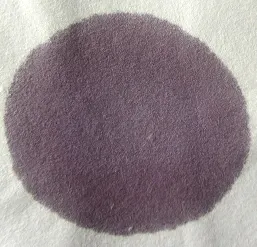 |
 |
|
79# blue original solution |
79# blue dispersing at |
2.Dyeing performance: Stain fastness on polyester white cloth
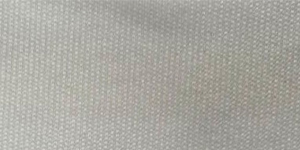 |
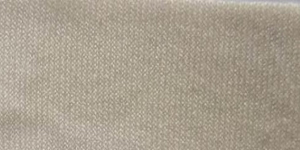 |
|
No dispersant, blank. Temp.: 135℃, keep for 50 minutes, whiteness: 72.78% |
Dispersant to cloth: 30%, Temp.: 135℃, keep for 50 minutes, whiteness : 32.38% |
3.Cone yarn dyeing experiment and result: Pressure difference: 0.85bar
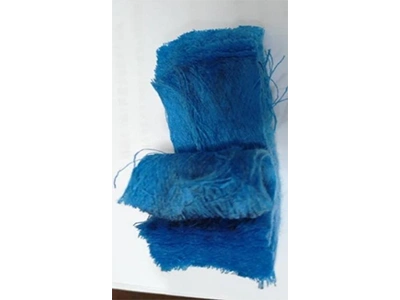 |
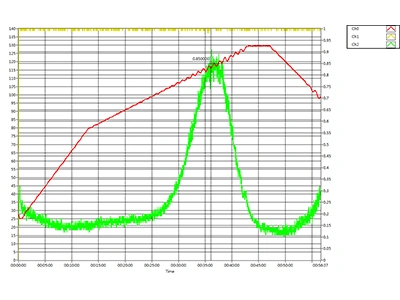 |
|
Yarn interior |
Differential pressure curve |
4.Viscosity
Under conditions of aqueous solution concentration to be 30%, and 25℃(room temperature), Viscosity measured: <50mpa/s.
5.Compatibility
It is compatible with anionic, nonionic substances, dispersants, wetting agents and most organic and inorganic substances
Technical specifications
| Items and Grades | SQTS-3 |
|---|---|
| External appearance | Dark brown powder |
| Solid content % | ≥ 91 |
| Moisture % | ≤ 9.0 |
| PH value(1%aqueous solution) | 7.5-11.0 |
| Water insoluble % | ≤ 0.1 |
| Reducing sugar %(on dry basis) | ≤ 0.1 |
| Sulfate %(on dry basis) | ≤ 3.0 |
| Thermal stability °C(79# blue) | 135 |
| 10% filter performance level | A |
Laboratory performance test data-
1.Thermal stability and dyeing stability
Sanding ratio =>79# blue dye (on a dry basis): SQMS-6 (on a dry basis) = 1:0.7Sanding solid content: 34%, time:3hr
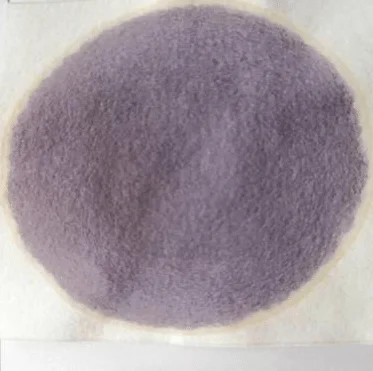 |
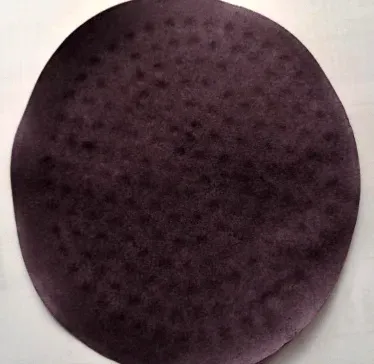 |
|
Thermal stability: 140℃, |
Dyeing stability: ≥A/3 |
2. Cone yarn dyeing experiment and result: Pressure difference: 0.73bar
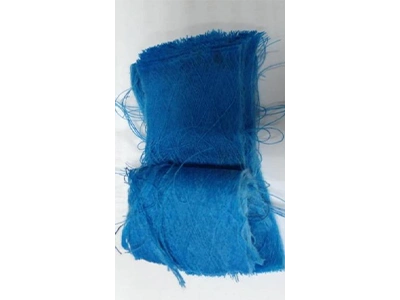 |
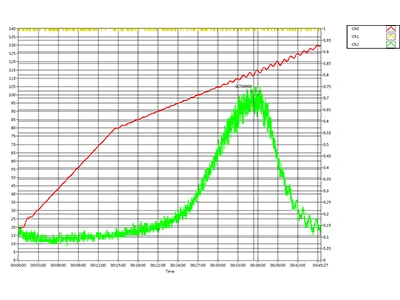 |
|
Yarn interior picture |
Differential pressure curve |
3.Dyeing performance: Stain fastness on polyester white cloth
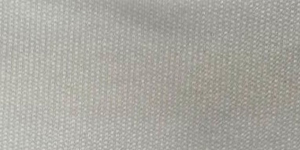 |
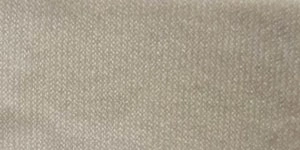 |
|
No dispersant, blank. Temp.: 135℃, keep for 50 minutes, whiteness: 73.42% |
Dispersant to cloth: 30%, Temp.: 135℃, keep for 50 minutes, whiteness : 38.91% |
On yellow E-GL, 100% polyester. Dispersant to fiber: 0.5%; dyestuff to fiber 0.5%, Temp.: 135℃, keep for 50 minutes
|
SQTS-6 |
SQTS-3 |
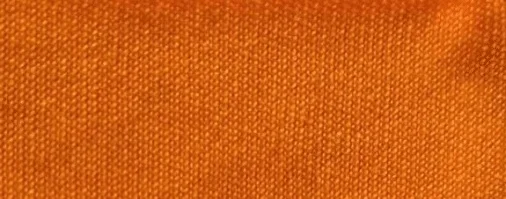 |
 |
|
CIEDE 0.11/CIE Da 0.00/CIE DH -0.05 |
CIEDE 0.78/CIE Da -0.61/CIE DH 0.37 |
Tested by DATACOLOR 600, Sample fiber whiteness CIE/E313
4. Viscosity at 25°C at different concentrations
| Solid Content % | 31 | 32 | 33 | 34 | 35 | 36 |
| Viscosity mpa/s | 25 | 50 | 101 | 138 | 203 | 581 |
5. Compatibility
It is compatible with anionic, nonionic substances, dispersants, wetting agents and most organic and inorganic substances
SQMS-3 is a high-performance additive meticulously designed for the processing of vat dyes and disperse dyes.
Outstanding Heat Resistance and Stability:This dispersant features excellent heat resistance and stability. It can maintain an outstanding dispersion level of Grade 5 for disperse blue 79, disperse blue 60, disperse red FB, disperse yellow 211 and other dyes at a high temperature of up to 145℃. It ensures that the dyes can still remain in a good dispersed state during the high-temperature processing, effectively preventing problems such as dye aggregation and precipitation, and providing a stable and reliable guarantee for dye processing.
Low Viscosity and Excellent Grinding Effect:The product itself has a low viscosity and exhibits an excellent grinding effect during the dye grinding process. The dyebath after sand grinding has an extremely low viscosity and good fluidity. It is not only convenient for subsequent filtration operations, saving filtration time and costs, but also can significantly improve the dispersion uniformity of the dyes, enhancing the quality and dyeing performance of the dyes.
High Compatibility with Dyes:Dispersant SQMS-3 has an excellent compatibility with various dyes. It can perfectly cooperate with different types of vat dyes and disperse dyes, giving full play to its dispersion performance without affecting the key indicators of the dyes themselves, such as color shade and color fastness, providing users with a more flexible and efficient dye processing solution.
Technical specification
| Items and Grades | SQTS-3 |
|---|---|
| External appearance | Dark brown powder |
| Solid content % | ≥ 92 |
| Moisture % | ≤ 8.0 |
| PH value(1%aqueous solution) | 7.5-11.0 |
| Water insoluble % | ≤ 0.3 |
| Reducing sugar %(on dry basis) | ≤ 0.1 |
| Sulfate %(on dry basis) | ≤ 6.0 |
| *Thermal stability °C | 145 |
| *Dispersing stability level | A-5 |
| 10% filter performance level | A |
Laboratory performance test data-
Thermal stability - Dyestuff : dispersant : water = 1.0 : 0.7 : 3.3, sanding for 2hr at150℃
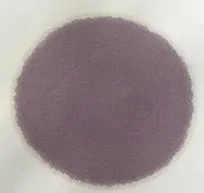 |
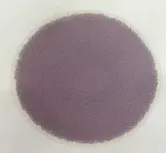 |
|
#79blue original solution |
After dispersion |
Dyestuff : dispersant : water = 1.0 : 0.8 : 2.7, sanding for 4hr under 150℃
 |
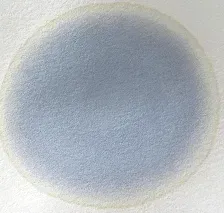 |
|
#60blue original solution |
After dispersion |
Dyestuff : dispersant : water = 1.0 : 0.8 : 2.7, sanding for 5hr under 150℃
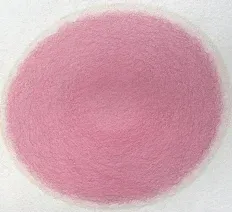 |
 |
|
#Red FB original solution |
After dispersion |
Dyestuff : dispersant : water = 1.0 : 1.0 : 3.6, sanding for 4hr under 150℃
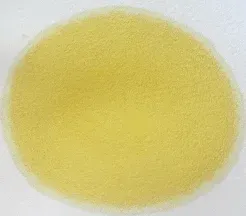 |
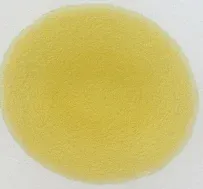 |
|
#Yellow 211 original solution |
After dispersion |
Shade(colored light), 1% O.W.F, polyester fabric, Dyestuff : dispersant : water = 4.675 : 3.825 : 16.5, sanding under 130℃x 30min
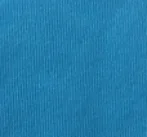 |
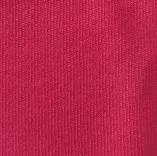 |
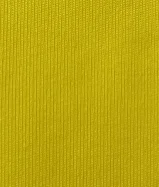 |
|
Sample fabric |
||
| CIE DE | 0.71 | 0.14 | 0.55 |
| CMC DE | 0.39 | 0.07 | 0.26 |
| CIEDa/Db/Dc | -0.27/0.63/-0.44 | 0.01/0.13/0.02 | 0.50/0.21/0.23 |
Staining property 5% O.W.F 130℃x 30min polyester fabric
 |
 |
|
Blank, |
66.43 |
The viscosity values of dispersants with different concentrations at 25℃
| Concentration of aqueous solution | 40 | 35 | 30 | 25 |
| Viscosity mpa.s | 390 | 51 | 17 | 9 |
The viscosity of the dye solution after sanding with the dye
| Name of dyestuff | Solid content of dye solution | Dyeing solution at 25℃ mpa.S |
|---|---|---|
| Disperse Blue79 | 42.91% | 25 |
| Disperse Blue 60 | 42.57% | 35 |
| Red FB | 44.41% | 71 |
Compatibility:
Lignin dispersant SQMS-3 is compatible with anions, non-ionic substances, dispersants, wetting agents, as well as most organic and inorganic substances.
Technical specification
| Items and Grades | Powder | Liquid |
|---|---|---|
| External appearance | Dark brown powder | Black liquid |
| Solid content % | ≥ 92 | 28.0-32.0 |
| Moisture % | ≤ 8.0 | - |
| PH value(1%aqueous solution) | 7.5-11.0 | 7.5-11.0 |
| Water insoluble % | ≤ 0.3 | ≤ 0.3 |
| Sulfate %(calculated as sodium sulfate, on dry basis) | ≤ 7.0 | ≤ 7.0 |
| *Heat resistance, level | ≥ 4 | ≥ 4 |
| 10% dispersant filtration performance | Level A | Level A |
*79#blue (at 160°C, sanding ratio: dyestuff: dispersant = 1:0.7)
The viscosity values of dispersants with different concentrations at 25℃
| Solid content % | 25 | 27 | 30 | 32 | 34 | 36 |
| Viscosity mpa.s | 20 | 45 | 117 | 340 | 1100 | 1640 |
Thermal stability
Sanding ratio: 79# blue dyestuff: SQMS-6 (on a dry basis) =1:0.3, Sanding solid: 34%, Sanding time: 3h, Heat resistance results: 140℃ x5min., level 5; 145℃ x5min., polymerization
 |
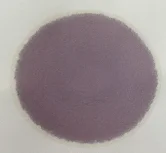 |
|
#79blue (on a dry basis |
After dispersion |
Stain fastness on polyester fabric
[Staining property] 5% O.W.F 130℃, keep 50min polyester fabric
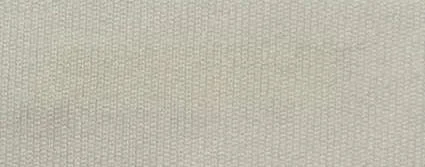 |
 |
|
No dispersant,blank.Temp.135℃, keep for 50 minutes, |
Dispersant to polyester fabric: 30%, Temp.135℃, |
Measured by using DATACOLOR 600, batch sample whiteness CIE/E313
Dispersing ability
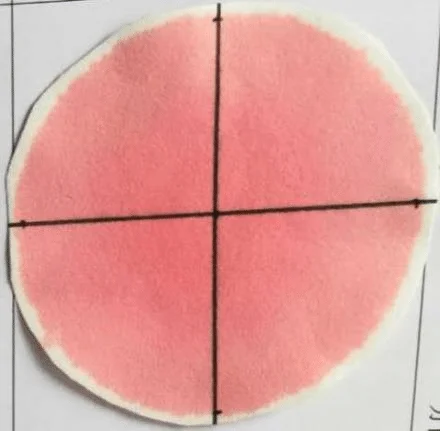 |
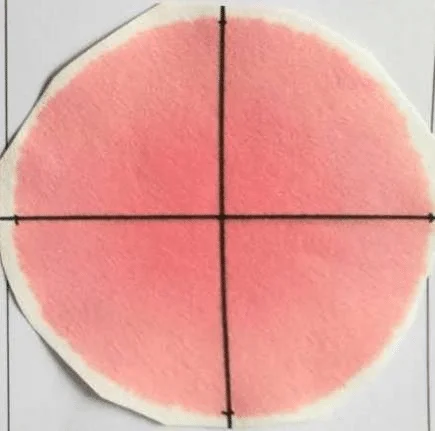 |
|
F1 D1xD2 =5.9x6.0 |
F2 D1xD2=6.1x6.1 |
2. Cone yarn pressure difference: 0.40bar. After compounding with low quinoline MF (2:8), sanding 60# blue.
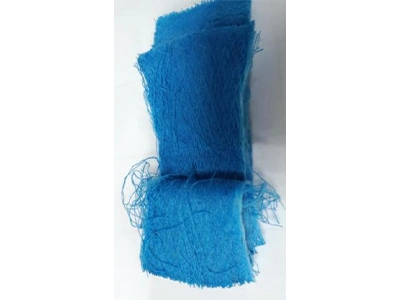 |
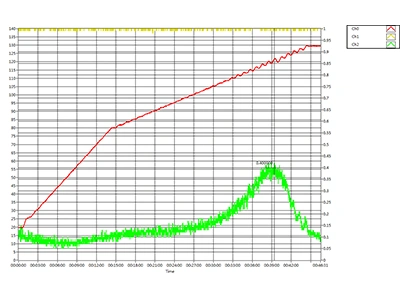 |
|
Yarn interior picture |
Differential pressure curve |
1. Dosage Control: When using sodium lignosulfonate, its dosage should be reasonably controlled according to the type and application of the dye, as well as the strength of the dye being processed. It is generally recommended to grind half of the dispersant together with the dye first, and then add the other half of the dispersant after the grinding is completed. In this way, a better grinding effect can be achieved. Excessive use may lead to a decline in dye performance or unnecessary waste. In addition, sodium lignosulfonate can also be used as a filler and added to the dye before or after spray drying.
2. Dissolution and Dispersion: To ensure that sodium lignosulfonate can fully play its role in the dye, it is necessary to ensure that it is completely dissolved and dispersed in the dye solution. Methods such as stirring and heating can be used to promote its dissolution and dispersion.
3. Storage and Transportation: Sodium lignosulfonate should be stored in a dry and cool place, avoiding direct sunlight and high-temperature environments. During transportation, attention should be paid to moisture prevention, shock prevention, and damage prevention to ensure its quality and usage effect.
By understanding the methods and functions of sodium lignosulfonate in dye use, we can make better use of this additive to improve the performance and effect of dyes, bringing greater convenience and benefits to the textile printing and dyeing industry.
We have a professional technical team that can provide personalized customized solutions according to the specific needs of customers. If you have any questions, please contact us!

Biomass refinery integrated technology - Convert low-value feedstocks into high-value sustainable chemicals and degradable materials .This new technology innovatively uses new biological solvents to carry out selective physical dissolution and separation operations on biomass raw materials.

In the treasure trove of natural substances, cellulose holds a unique and crucial position. At the microscopic level, cellulose is a large-molecule polysaccharide formed by the linkage of glucose molecules. It has a "aloof" nature, being insoluble in water and not readily interacting with common organic solvents.

Hemicellulose, as a kind of biopolymer, is a mixture of highly branched low-molecular-weight homopolymers and heteropolymers. It is widely distributed in plants, accounting for about 15% - 20% in coniferous wood, and 15% - 35% in broad-leaved wood and gramineous grasses. It coexists with cellulose in the plant cell wall.